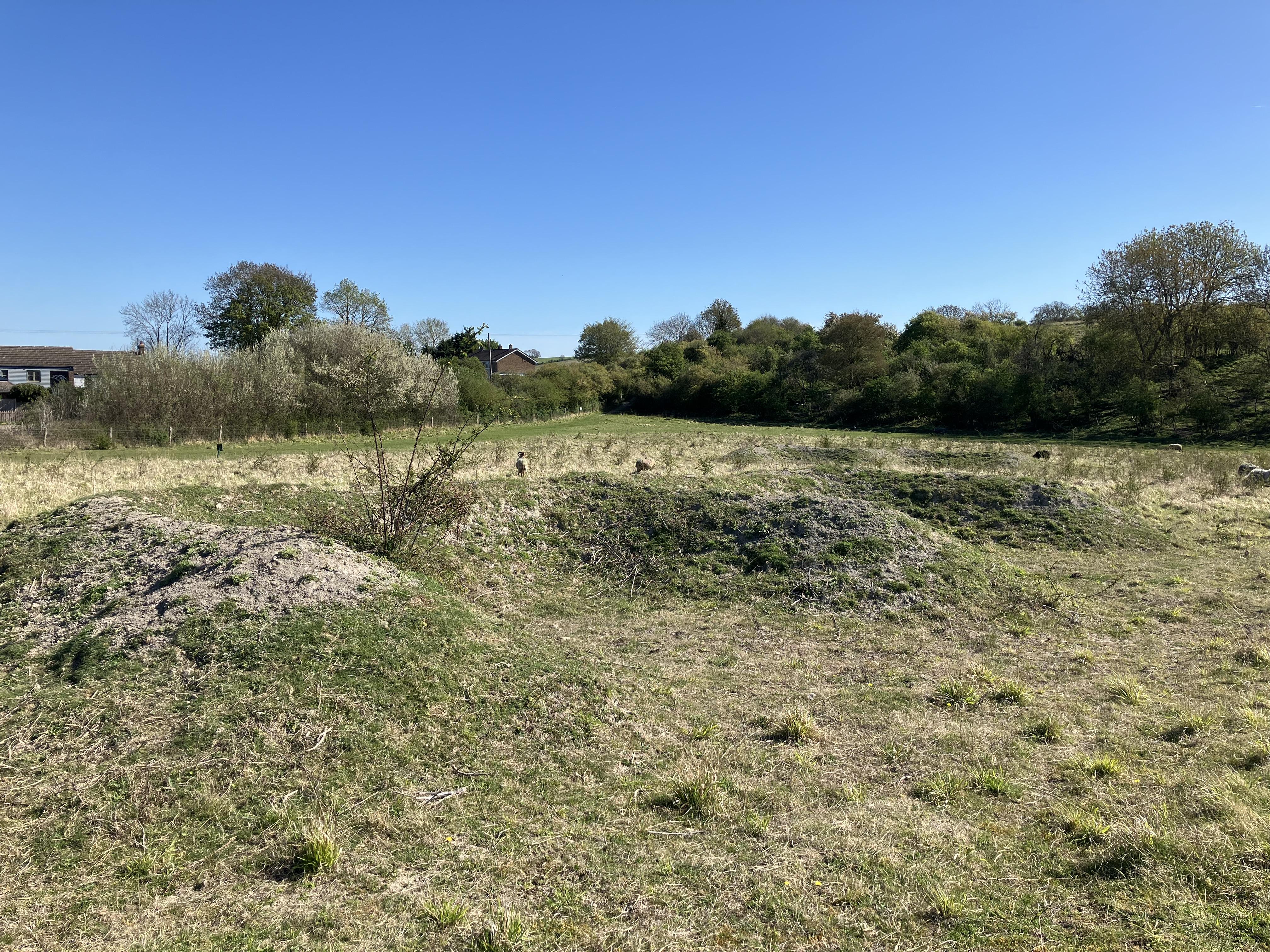
Butterfly banks as miniature conservation interventions
Supervisor: Prof Edgar Turner
The impacts of climate change on the natural world are already apparent, with species changing their distribution, emerging or arriving earlier, and interactions changing between species. Within habitats, higher levels of habitat heterogeneity have been found to reduce local impacts of climate change, perhaps because varied habitats provide a diverse microclimate that allows vulnerable species to seek out cooler areas and escape the impact of extreme weather events. Recently, there has been growing interest from conservation organizations in how habitats could be managed for greater climate resilience. For example, an ongoing long-term collaboration between the Insect Ecology Group in Cambridge and the Wildlife Trust for Bedfordshire, Cambridgeshire and Northamptonshire is investigating the tractability and impact of installing large experimental E-shaped butterfly banks on restored areas of nature reserves, as well as the potential of such visible management options for engaging members of the public with conservation and research. This project will expand this work by investigating the tractability and impact of such manipulations at a smaller scale withing schools and community areas. Building on the network of schools that already work with the Museum of Zoology, as well as with numerous organisations who have expressed interest in building these banks, this project will establish a network of small-scale butterfly banks in schools and community areas. The project will assess the impacts of the banks on local microclimate, plant and insect communities, as well as the potential of the banks for engaging school and community groups with nature, conservation and climate change.
Type of work
The student will work with a network of schools and community groups to establish small-scale butterfly banks on sites. Using a variety of ecological survey techniques, the student will carry out before/after bank establishment surveys on environmental characteristics of the sites, as well as the local plant and invertebrate community. Working closely with project partners at each site, and using a survey-based approach, the student will assess the potential of the banks for engaging public groups in research, nature, and conservation.
Importance of the area of research concerned
Understanding how to reduce the negative impacts of climate change on the natural world is a pressing management question in conservation. Similarly, disengagement with nature and increasing apathy about the state of the planet represent significant barriers in bringing members of the public on-board with conservation action. This project aims to address both of these challenges, through the use of experimental manipulations within schools and community areas.
References
Hayes MP, Ashe-Jepson E, Hitchcock GE, Clark R, Hellon J, Knock RI, Bladon AJ & Turner EC (2024). Heatwave predicts shady future for insects. Journal of Insect Conservation 28 https://doi.org/10.1007/s10841-024-00556-5 Suggitt AJ, Wilson RJ, August TA, Fox R, Isaac NJB, Macgregor NA, Morecroft MD & Maclean IMD (2015) Microclimate affects landscape level persistence in the British Lepidoptera. Journal of Insect Conservation 19(2):237–253 Woods HA, Dillon ME & Pincebourde S (2015) The roles of microclimatic diversity and of behavior in mediating the responses of ectotherms to climate change. Journal of Thermal Biology 54:86–97
